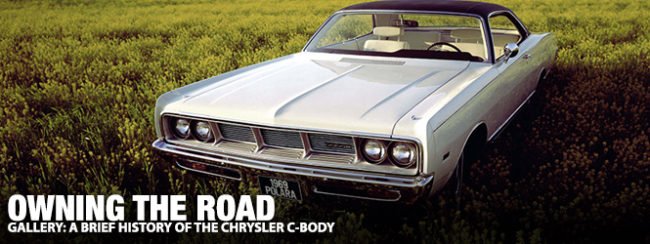
Within the rich tapestry of the Chrysler portfolio the C-Body platform has gone largely overlooked by most enthusiasts, while more extroverted models like the Plymouth Barracuda and Dodge Charger often dominate the spotlight. But while we were out at this year’s Mopar Nationals, we encountered no shortage of C-Body diehards, and interest appears to be on the rise for these capacious cruisers.
Built between 1965 and 1978, these full-sized Mopars might not have had the youth vote but they’re undeniably cool, boasting serious road presence and big block power plants. But because of their perceived disposability over the years, coming across one in a good condition is becoming a rarer and rarer occurrence. So before things get really out of hand, we thought it would be prudent to take a look back at these vehicles and assess just what makes these big coupes, sedans and wagons special.
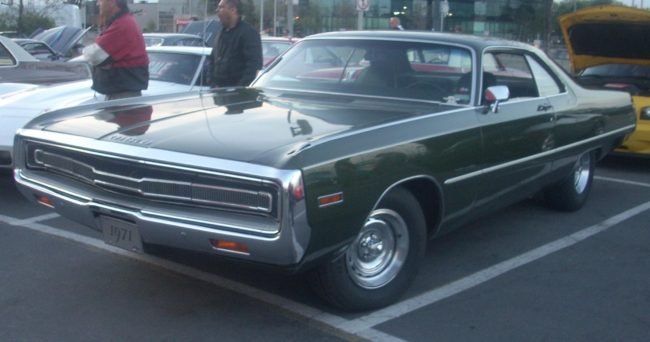
The C-Body Family
Although some of the bodies date back to years prior, it was in 1965 that Chrysler decided that all of their full-sized cars which were built from the core chassis would be classified as part of the C platform. While this would end up including everything from two-door convertibles to station wagons, the common thread among them was that they were big, with wheelbases ranging from 119 to 124 inches, they were generally loaded with features, and all C-Body cars used a torsion bar front suspension design that allowed them to handle better than the competition.
During its thirteen year life span, the C-Body would include the Chrysler 300, New Yorker, Newport, Town and Country, the Dodge Monaco and Polara, the Plymouth Fury, Grand Fury and VIP, and Chrysler’s ultra-luxury Imperial marque as well.
Crucially, all C-Body engine bays could also accommodate big block V8 power, a design feature that would help make the Monaco a staple in the field for police departments around the country. Nearly all C-Body cars would swap cogs with the venerable 727 TorqueFlite automatic, though a handful of coupes could be had with a manual gearbox, such as the 1965-1968 Chrysler 300, which could be optioned with a legendary combination of the A-833 4-speed manual gearbox and big block Mopar power. 1965 would end up being the last year of production for the well-regarded 413ci V8, making it the sole year it could be had in a C-Body car, as the following production year would see the rollout of Chrysler’s new 440ci V8, which could initially be had in 350 and 365 horsepower iterations.

Notable standouts during this period include the Chrysler 300, New Yorker, Newport, Town and Country, all which were essentially the same vehicle with different trim options. Aside from the Imperial brand, these models comprised the Penastar’s most posh C-Body offerings, featuring vast expanses of passenger room in front and rear, while top-spec luxury features like front disc brakes, vinyl tops, and bucket seats all graced the options sheet. The New Yorker sat at the top of the range and was equipped with a 440 V8, power steering and power brakes all as standard.
The Dodge Monaco also made its debut during this time. Initially intended to compete with the Pontiac Grand Prix in the burgeoning “personal luxury” segment, it was first introduced as a trim level for the Polara in 1965 before becoming a wholly independent model the following year. Available as a two-door hardtop, wagon, or sedan and with the 500 trim topping the range, the Monaco was distinguished from the C-Body Dodges on which it was based by a unique taillight treatment and a plethora of luxury options. A four-barrel 383ci V8 was standard with the Monaco.
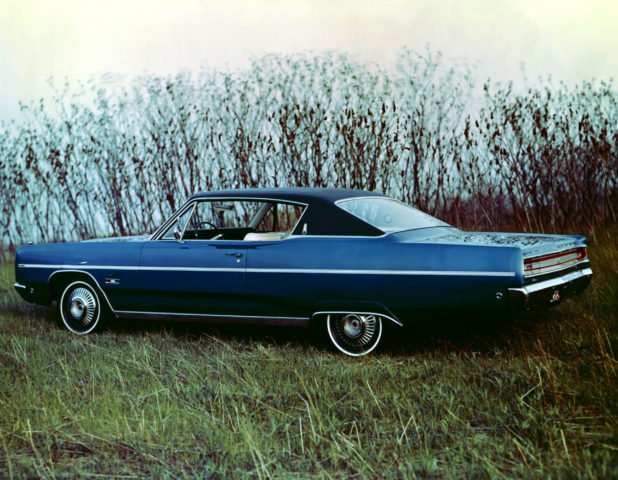
The Plymouth C-Body lineup was undoubtedly the most performance-oriented of the bunch. The Fury joined the C-Body fray in 1965 with the Sport Fury has the top-spec trim. Designed to go toe-to-toe with vehicles like the Chevrolet Impala Super Sport and the Ford Galaxie 500/XL, the Sport Fury could be optioned not only with the A-833 four-speed manual gearbox, but the newly introduced 426ci “Street Wedge” V8, rated at 385 horsepower for 1965.
The Plymouths also had the most aggressive aesthetic as well, with the ’65 model year ushering in a more streamlined profile and stacked headlights. The Plymouth VIP (which stood for “Very Important Plymouth” according to Chrysler’s marketing literature at the time) was essentially the same basic vehicle as the Fury, but with luxury as the primary focus rather than high performance.
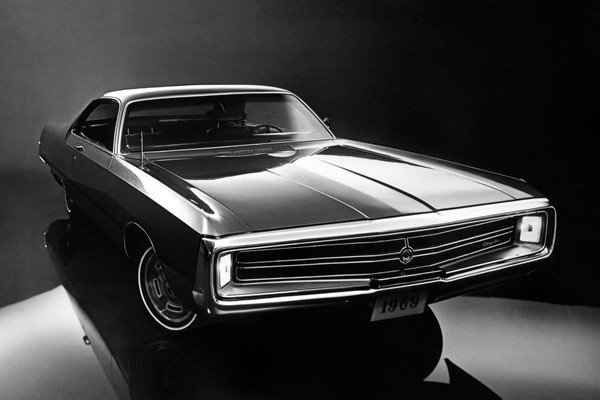
The Fuselage Era
In 1969, Chrysler redesigned the C-Body platform to incorporate its new “Fuselage” styling that brought the upper and lower sections of body into one uniformly shaped design, in turn changing the look of all the models that the platform underpinned. Physically larger and generally more sinister looking, the new C-Body design saw Chrysler ditching the last stylistic remnants of the early-to-mid 1960s in favor of a more contemporary silhouette.
While no radical changes were introduced mechanically, these new range-topping Mopars offered not only an impressive sense of presence out on the road but additional interior space as well, as evidenced by the fact that the Monaco station wagon could now be optioned to accommodate up to nine passengers.
Although the Plymouth Fury line was expanded in 1970 to include the optional, luxury-focused Brougham package after the VIP model was dropped from the lineup, the Fury continued to be the most performance focused offering the C-Body portfolio. By then the Sport Fury GT model could be optioned with the 440 Six Pack motor, which utilized three two-barrel carburetors and dished out a healthy 390 horsepower and 490 pound-feet of torque.
Chrysler would take a page out of Oldsmobile’s playbook when they debuted a 300 with a full Hurst treatment that same year. Limited to just 485 examples, the Hurst 300 was powered by a 375 horsepower version of the Chrysler 440 V8, and like the Oldsmobile, it featured the iconic gold-on-white paint scheme.
Incremental changes would continue throughout the C-Body lineup for the next few years, although as performance dropped precipitously a renewed emphasis on personal luxury would take its place. The fuselage body style would bow out after 1973 to make way to for another platform redesign for the following year.

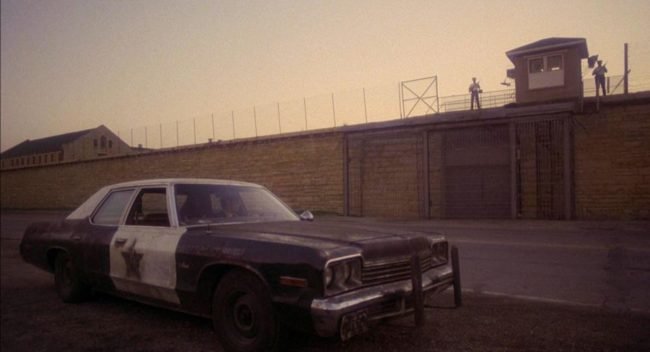
Mid 70s Malaise
The C-Body catalog had proven so successful in the years leading up to the mid-1970s that, despite economic turmoil and an auto industry reeling from a one-two punch of federal regulation and skyrocketing gas prices, Chrysler decided to embark on the costly venture of redesigning both the C-Body’s styling and the chassis itself. Despite their efforts, sales of the big, thirsty C-Body vehicles did not meet the company’s expectations, and the mid-1970s saw a consolidation of the lineup, with many models either being moved to other platforms, merged with similar offerings within the C-Body roster, or dropped altogether. The C-Body cars would soldier on through the decade until 1978, when production of the platform came to an end.
Despite the fact that it was a difficult period for the auto industry and the Chrysler C-Body in particular, it’s an era we now look back at with a fond nostalgia, as evidenced by cars like the iconic 1974 Dodge Monaco squad car from The Blues Brothers. It has also provided us with a cache inexpensive, full-sized Mopars, many of which still sported big block V8s that, although significantly down on power, were available well into the darkest years of the period and are ripe for modification.
Although those attributes have made these big Mopars attractive fodder for demolition derbies and other competition that would spell an untimely demise to countless examples in recent years, that aforementioned nostalgia has begun to usher in a new trend among Mopar enthusiasts to preserve these charismatic beasts.




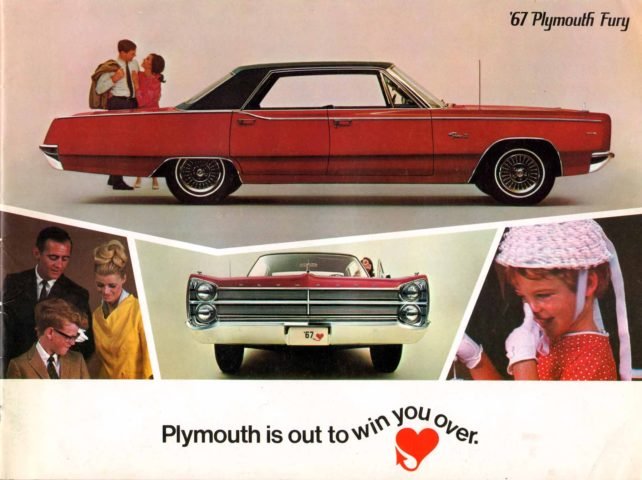
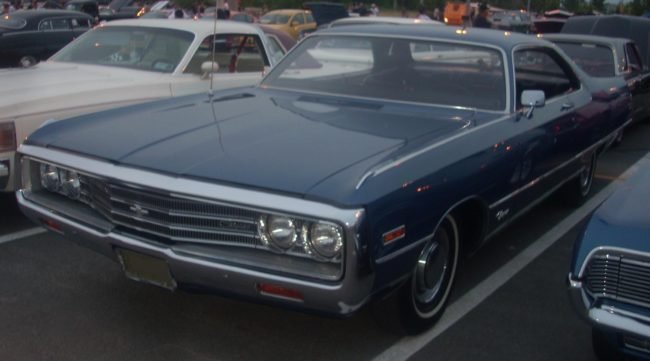



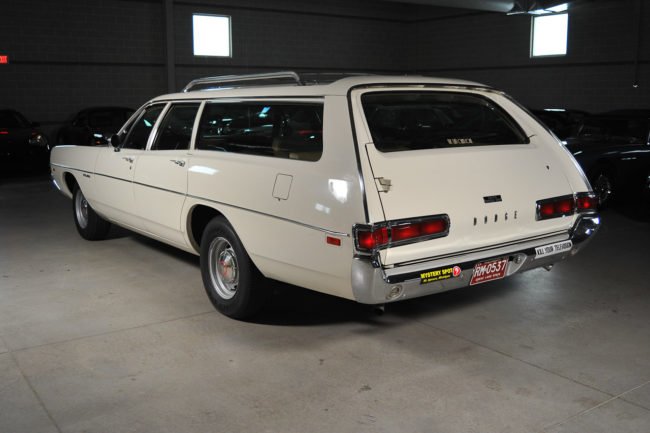


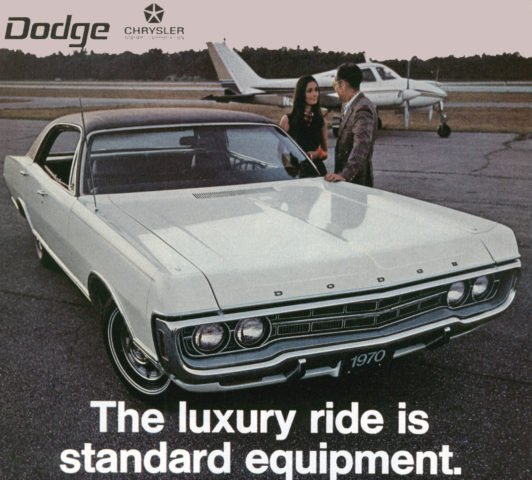

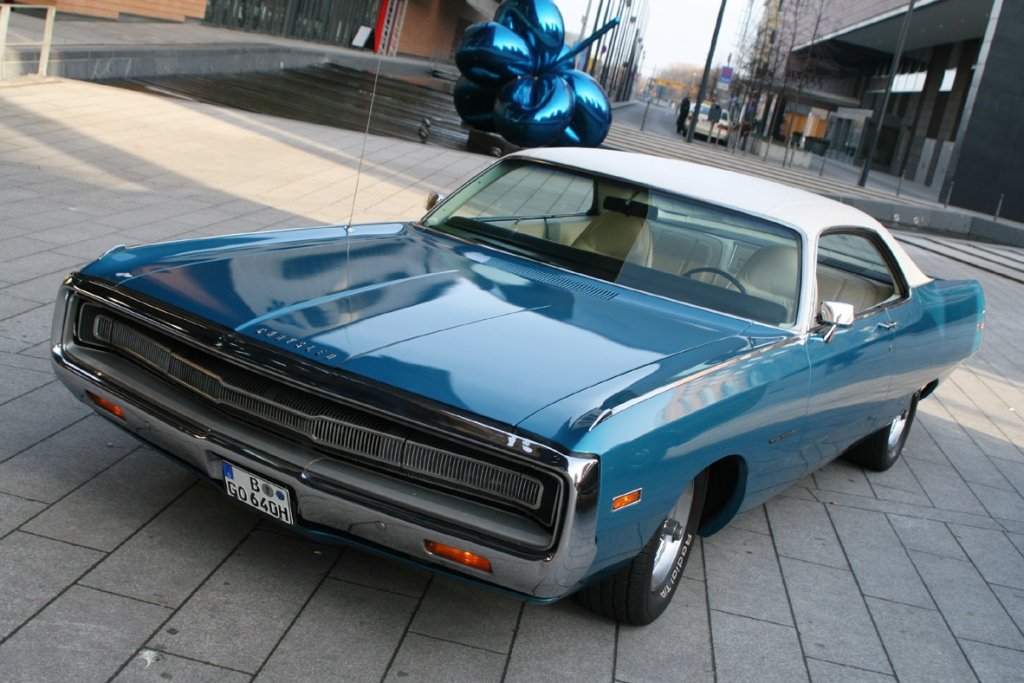





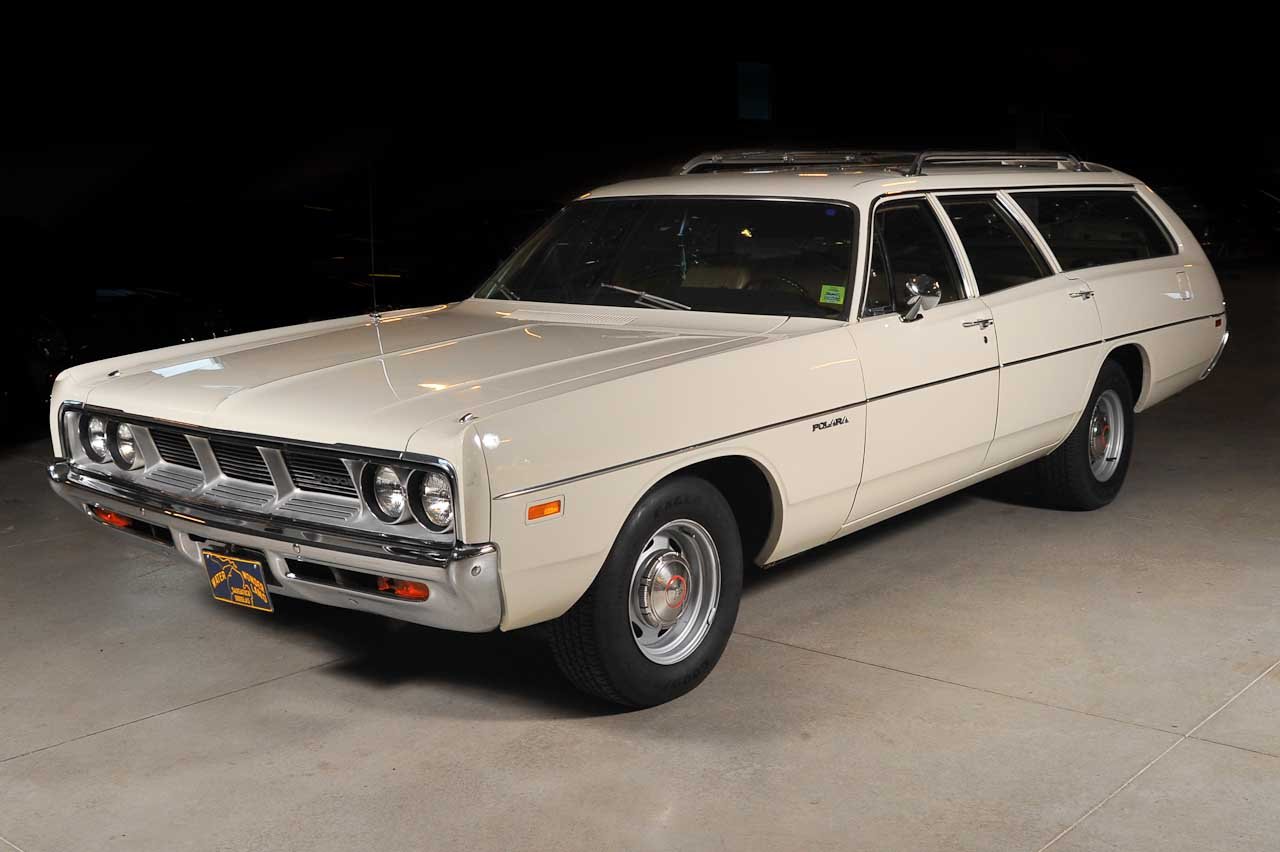




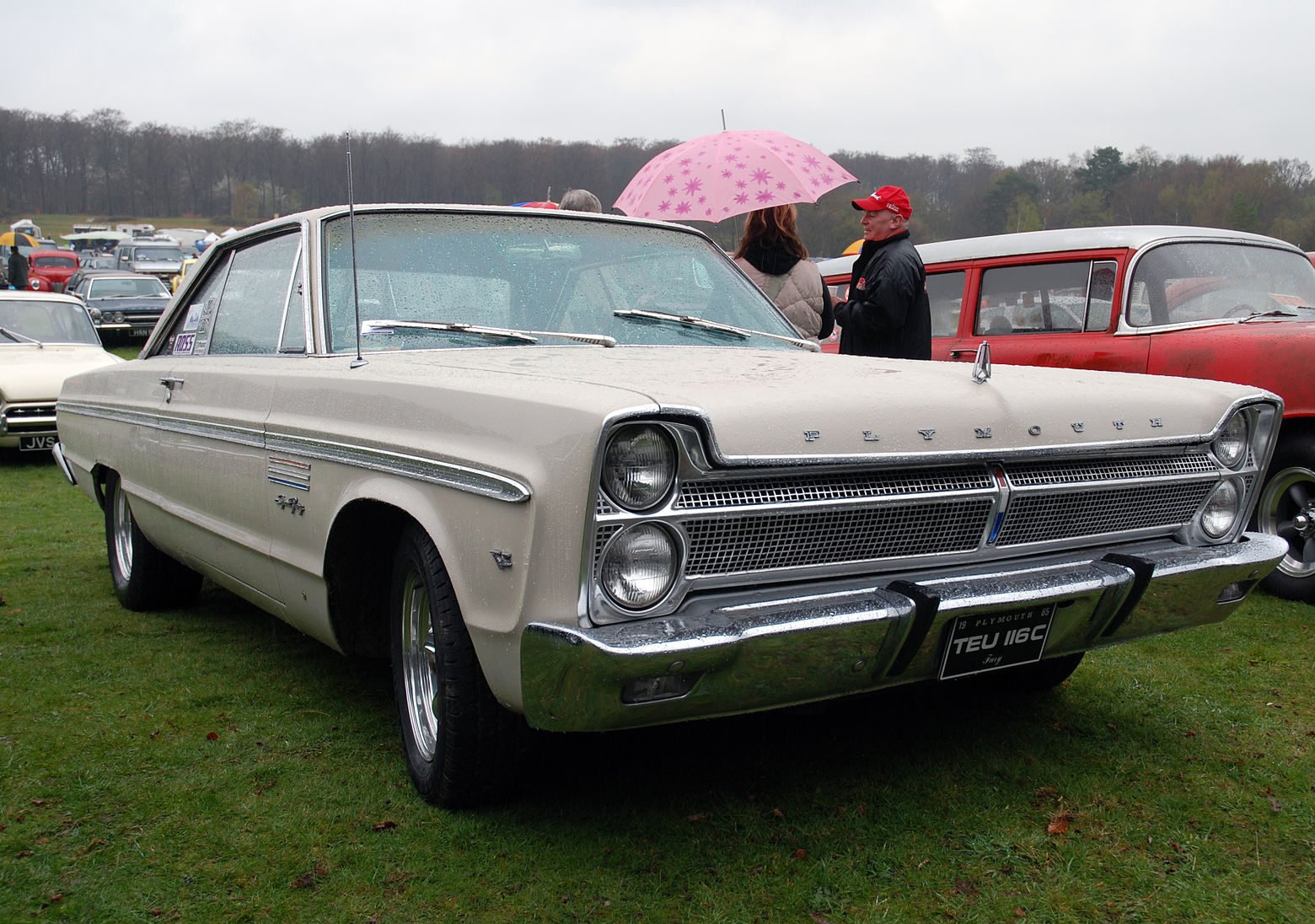



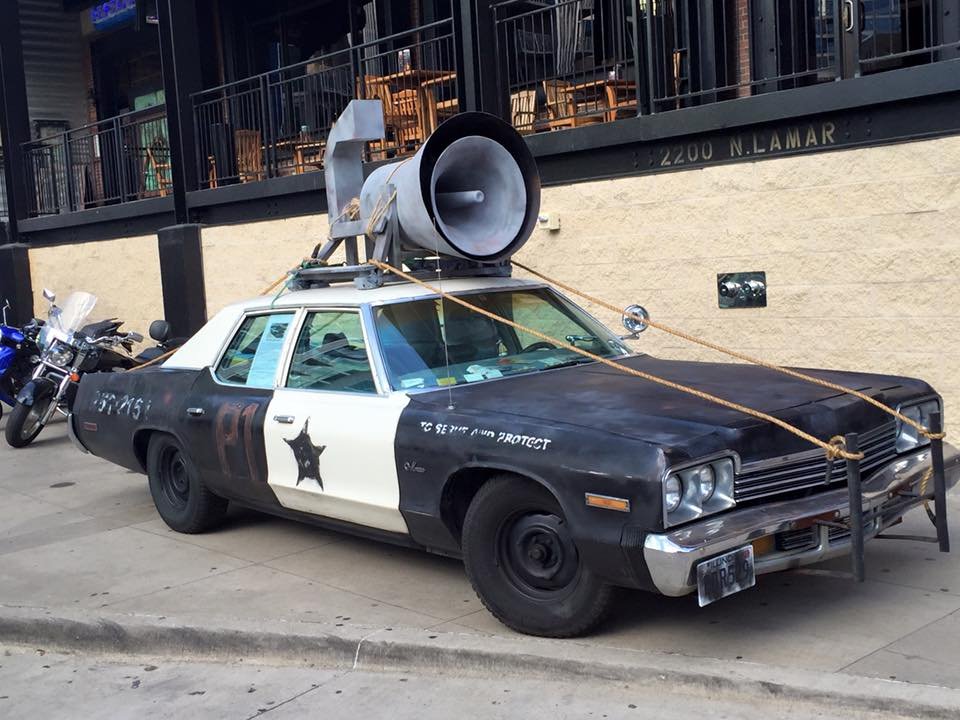

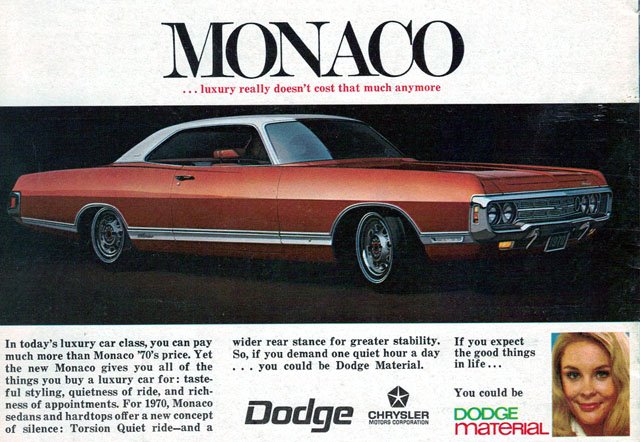

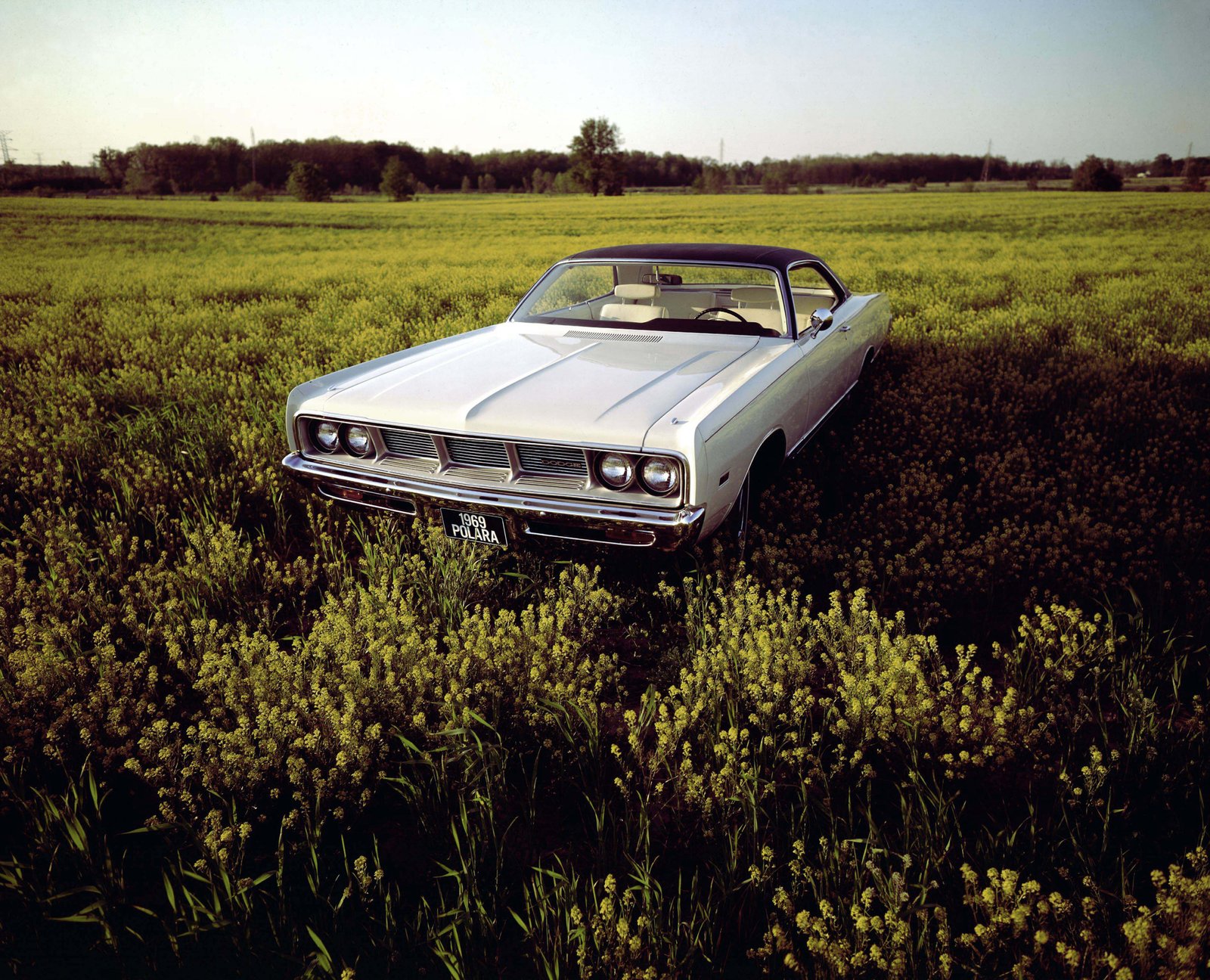
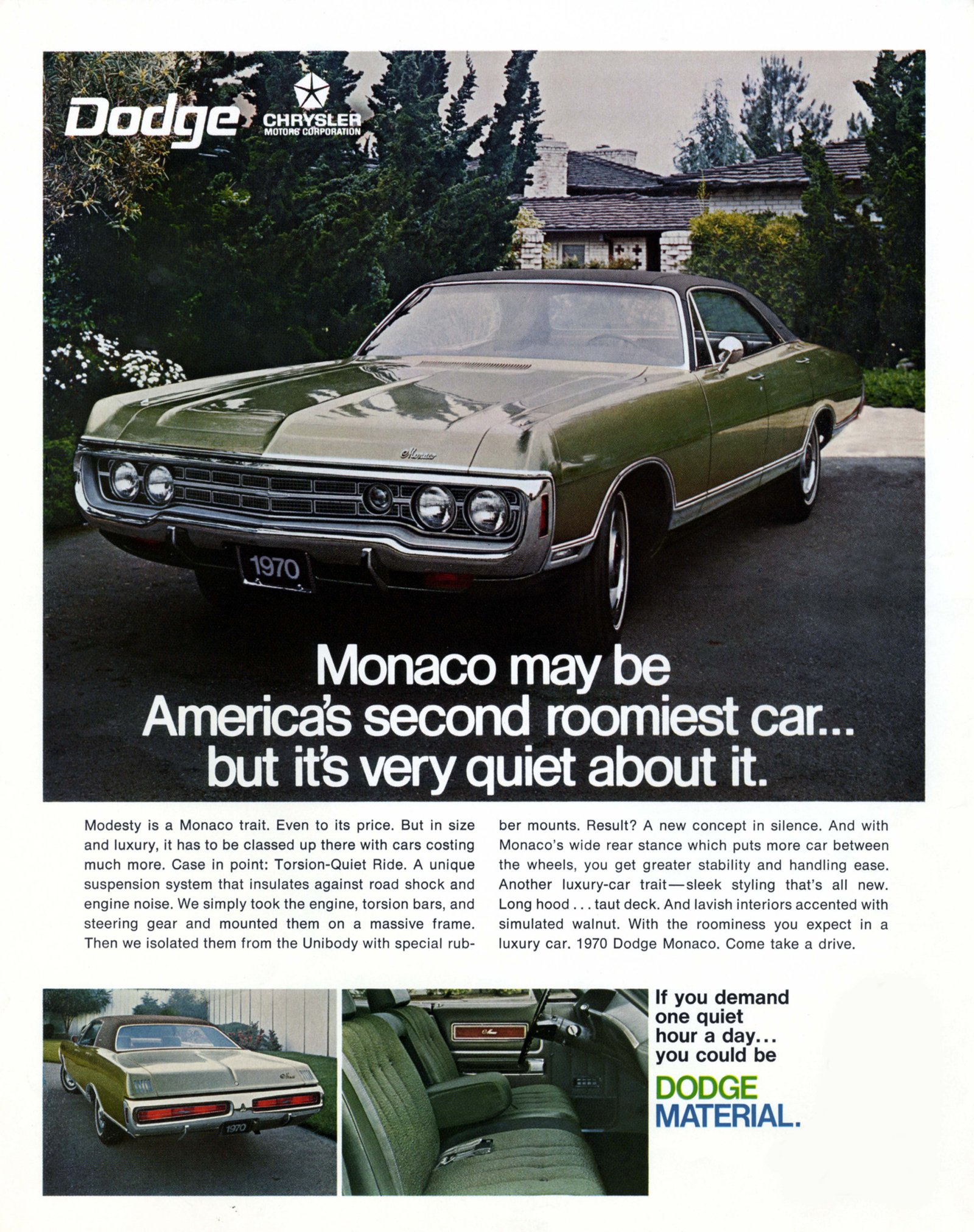
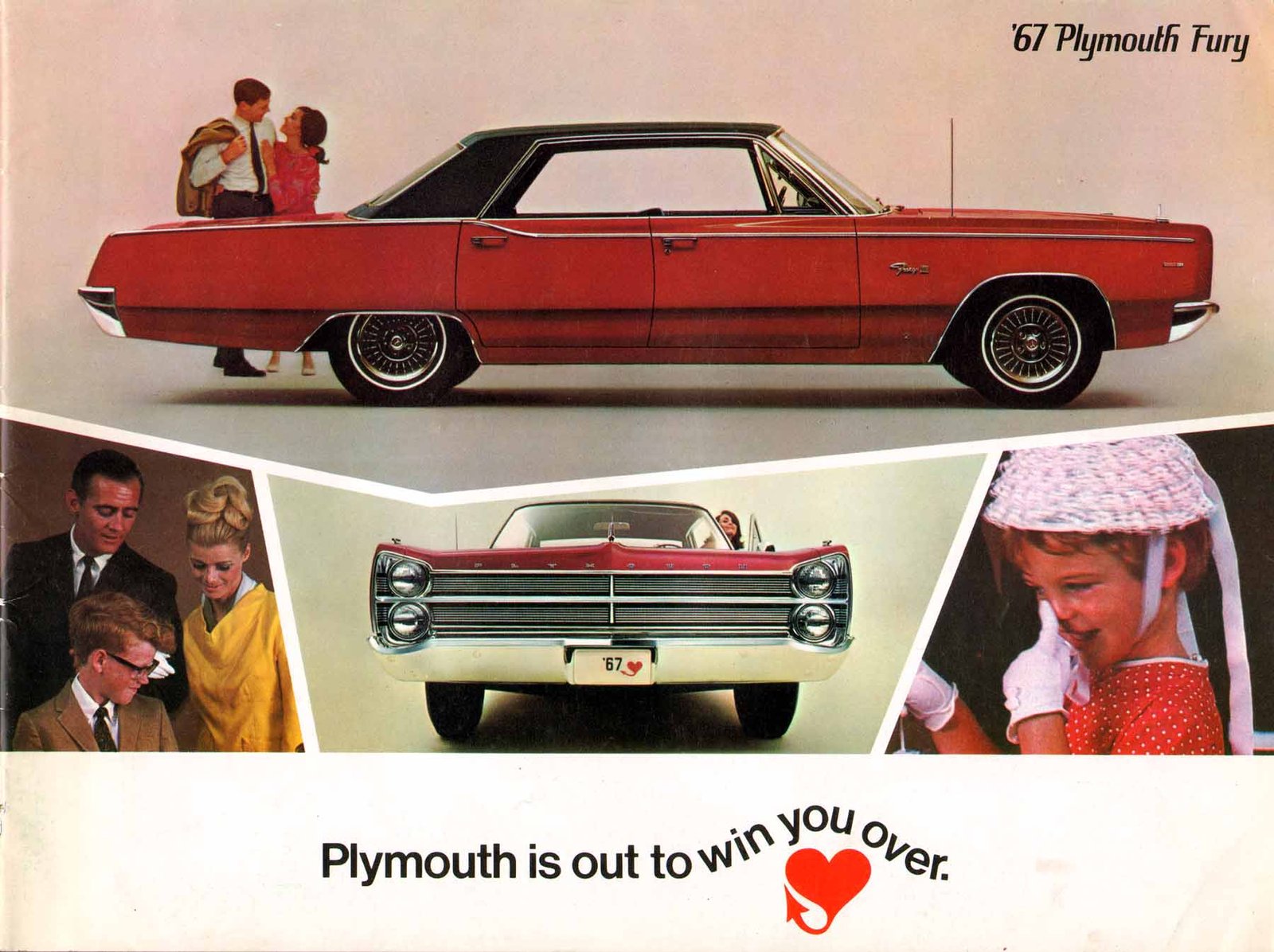

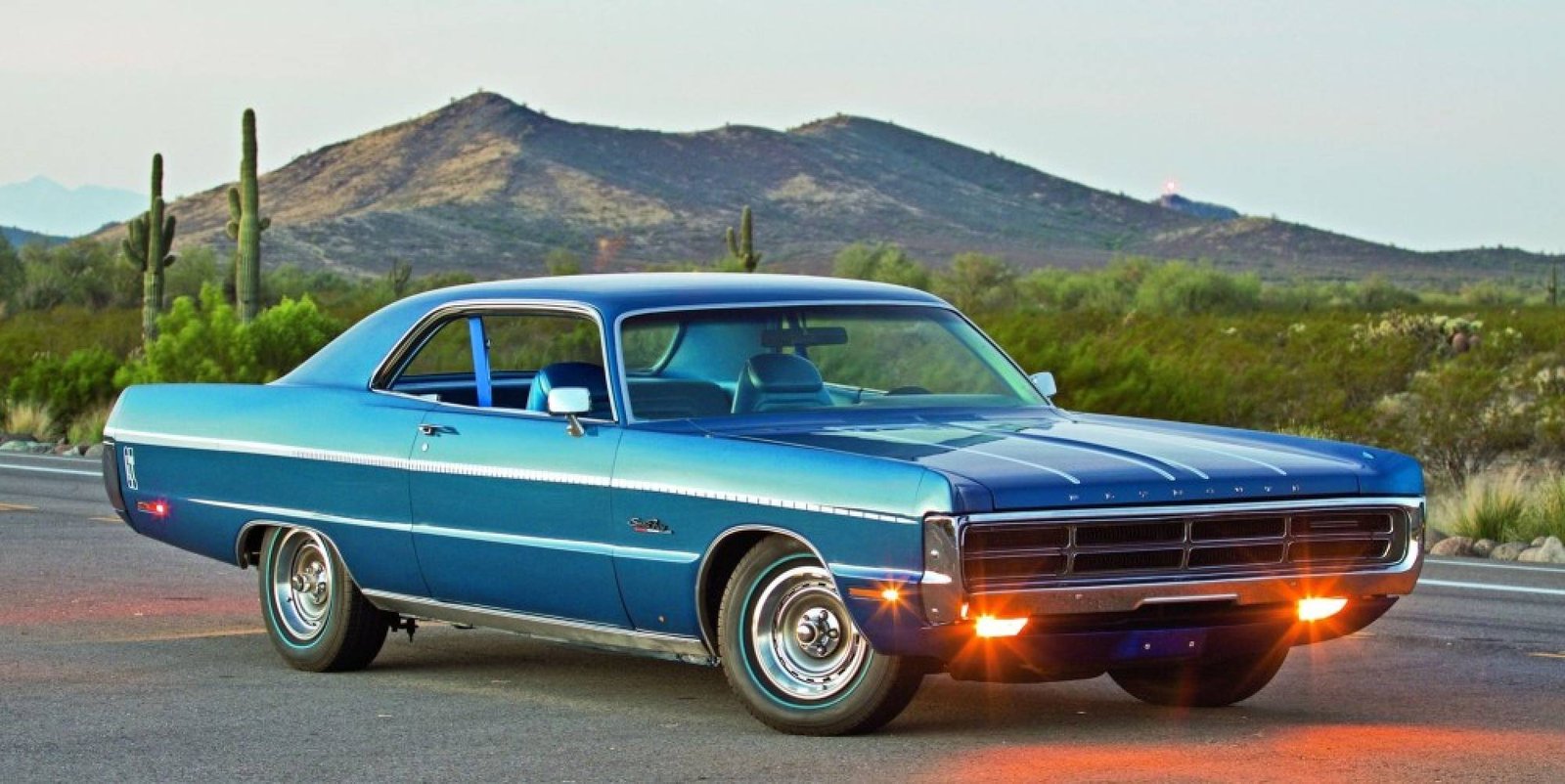





http://www.forcbodiesonly.com/mopar-forum/threads/the-chevy-owners-dummy-guide-to-c-bodies.26530/
That’s all I have to say about that.
Please tell us what we got wrong and we’ll fix it.
Great article, man–thank you! This really brought back a lot of memories for me.